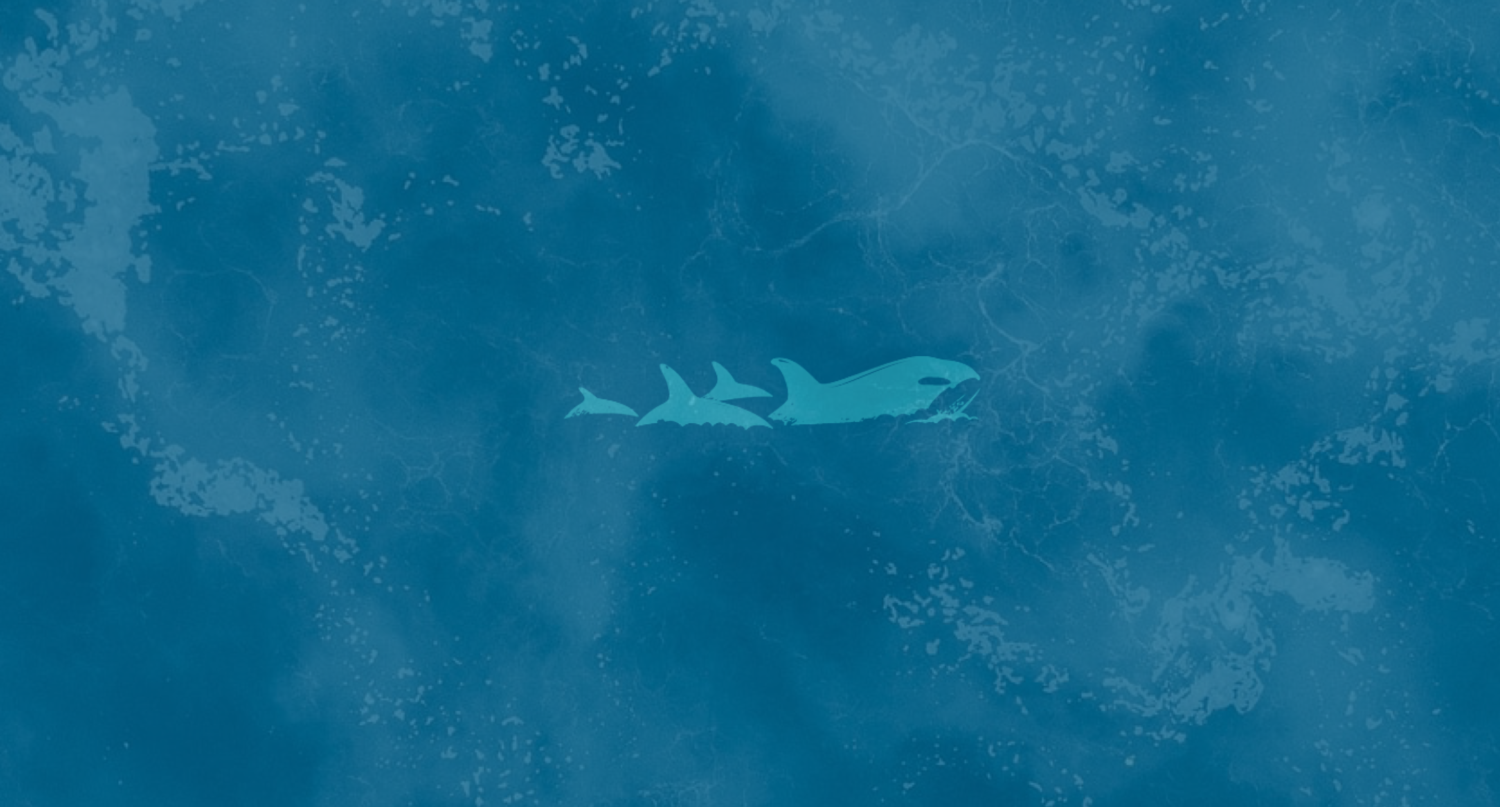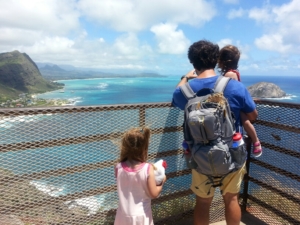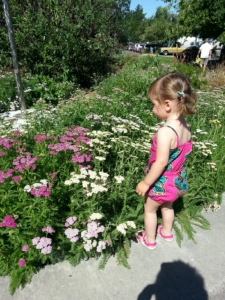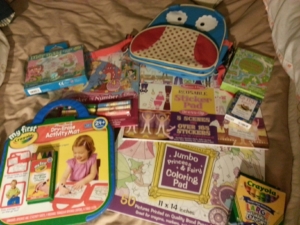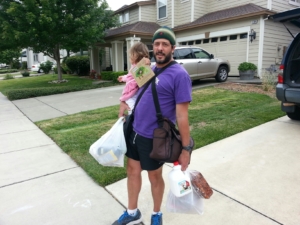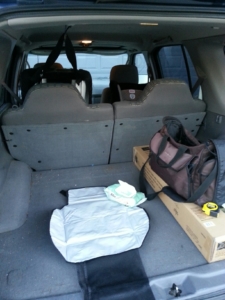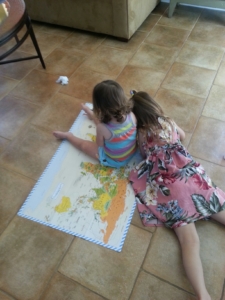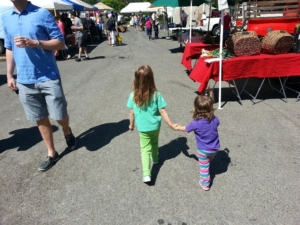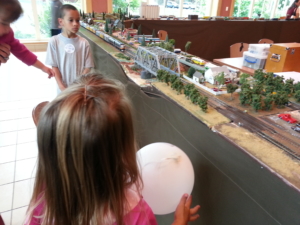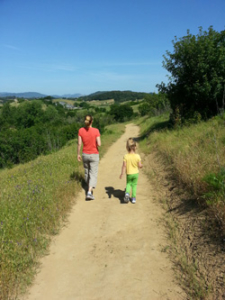What Does ‘Family-Friendly’ Really Mean?
One could make the argument that the overall experience of family travel is dramatically different from the sum takeaways of, say, romantic or adventure getaways designed exclusively for grown-ups.
Still, just because you travel with kids doesn’t mean every vacation activity must revolve around them.
After four years of traveling extensively with at least one child (and two years traveling with two of them), Powerwoman and I have become firm believers that every family trip should include at least two or three activities and outings that we would do even if we didn’t have kids in tow. Sometimes, we might hit up a happening hotspot. Other times, we might check out a historic church or archaeological site (my wife is an archaeologist).
Saturday, here on Oahu, we dragged the kids on a 2-mile round-trip hike along the paved Makapu’u Lighthouse Trail.
The girls did fine for the first half-mile or so. Then the heat got to L. Upon her request, I carried her for about a quarter-mile. From there, we put her in the stroller and I carried R. This meant that one of us was carrying a child for the duration of the hike.
For some, the additional burden of schlepping 25-45 extra pounds might have detracted from the overall experience.
But for us, having the kids with us while we took in sweeping views of the Pacific Ocean and the windward side of Oahu made the hike even more epic. We watched waves. We spotted little red-headed birds. We marveled at turquoise waters. At one point, we even spied Molokai and Maui in the distance (this was particularly exciting for L, who is fascinated by Hawaiian geography).
Sure, by the time we got back to the trailhead, the girls were ready for a big lunch and long naps. And, yes, they might have been a bit more tired than they would have been otherwise. But considering L was still raving about the views at dinner, I’d say the experience made quite an impression.
These impressions, this sense of wonder, is the main reason Powerwoman and I travel with our kids. We know they can get these experiences doing typical family stuff; we also know they can get them doing certain grown-up stuff. Working to achieve a balance between these two approaches makes vacations more memorable for all of us.

